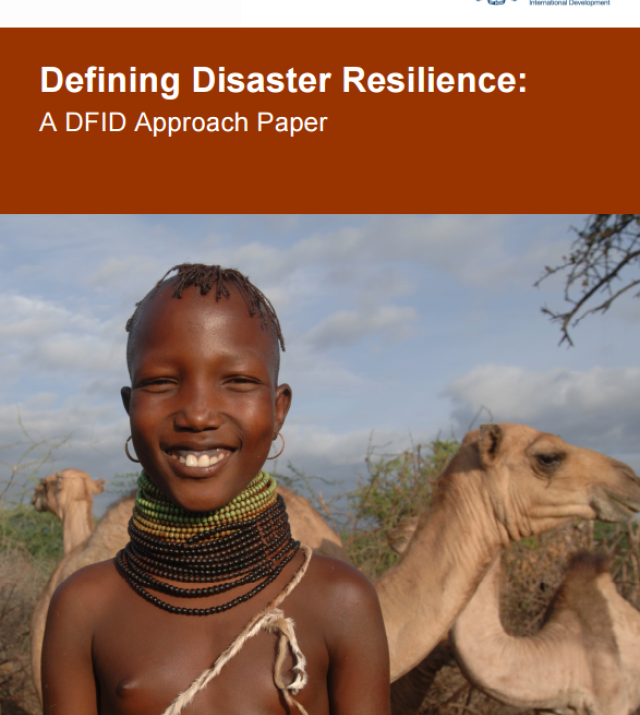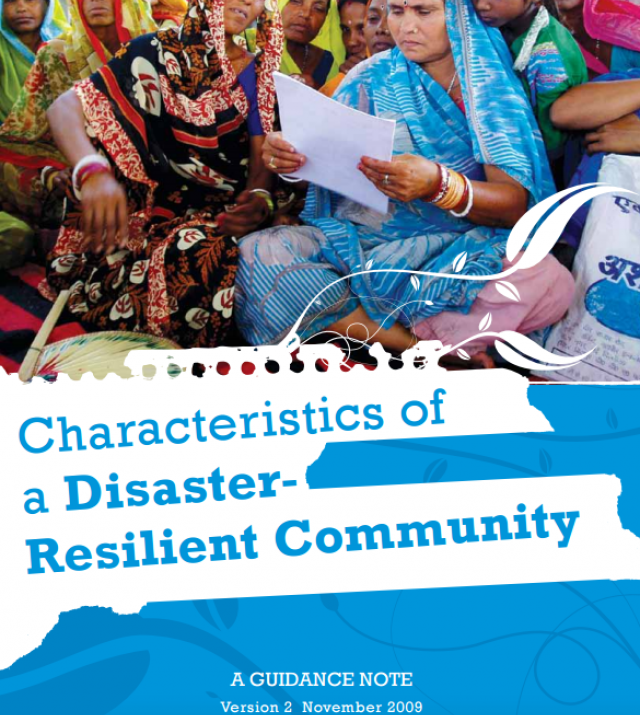
From Vulnerability to Resilience: A Framework for Analysis and Action to Build Community Resilience

From vulnerability to resilience, or V2R, is a framework for analysis and action to reduce vulnerability and strengthen the resilience of individuals, households and communities. The framework sets out the key factors that contribute to peoples’ vulnerability: exposure to hazards and stresses; fragile livelihoods; future uncertainty; and weak governance. It provides detailed explanations of the linkages between these factors, as well as ideas for action to strengthen resilience.
The framework was developed to address the need to work in a more integrated way and to tackle the causes and consequences of vulnerability. It was initially developed under the project, Mainstreaming Livelihood-centred Approaches to Disaster Management (funded by the Department for International Development’s Conflict and Humanitarian Fund 2006–2010), which aimed to integrate analysis and action around strengthening livelihoods and disaster preparedness for reducing disaster risk. However, it became increasingly urgent to incorporate a more dynamic analysis of the long term trends which contribute to growing uncertainty for poor people about the future, not least amongst these being climate change. The V2R framework fully integrates climate analysis and action within an existing holistic approach which can be applied in many situations.
The V2R framework has been written with the needs and interests of Practical Action programme staff in mind. However, the issues and principles in the document are also relevant to a much wider audience including practitioners (NGOS and local government staff), researchers, and policymakers working in livelihoods, disaster management and climate change adaptation. It is intended to provide guidance to the reader, rather than dictate a set way of doing things. The material can also be adapted to suit communication to other audiences such as community-based organizations (CBOs).

